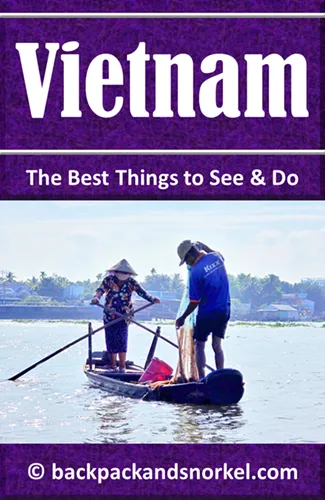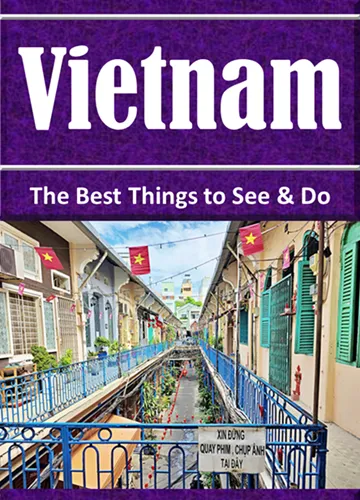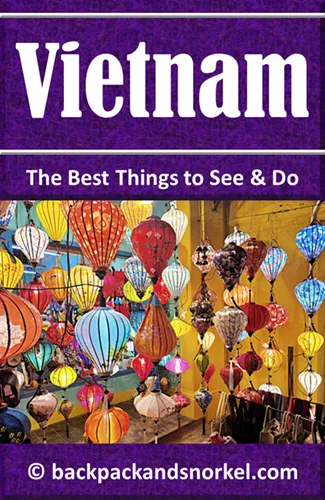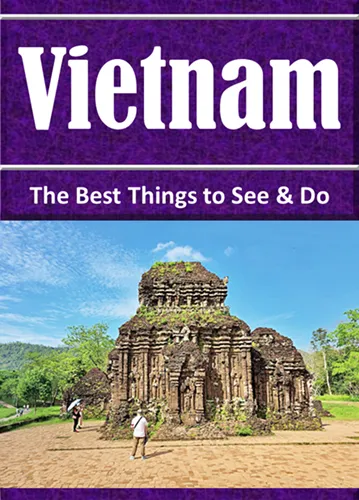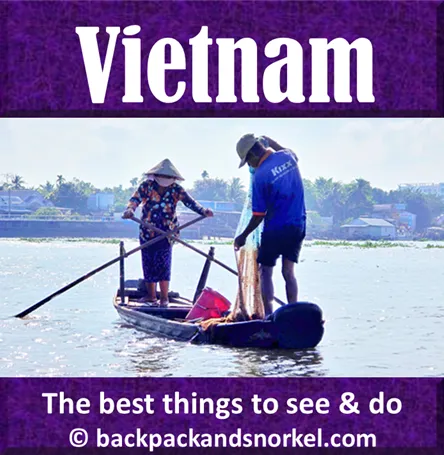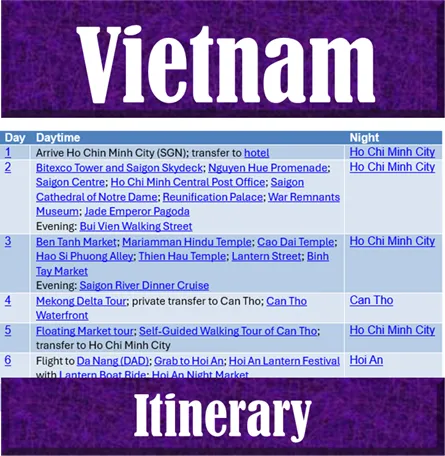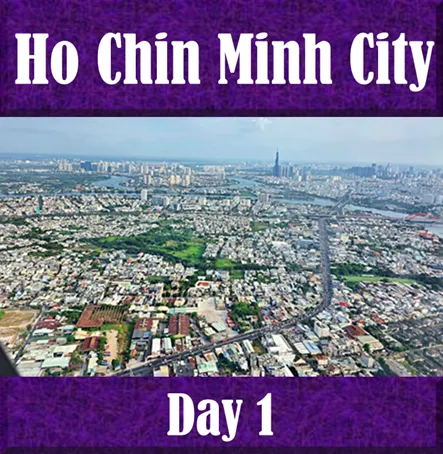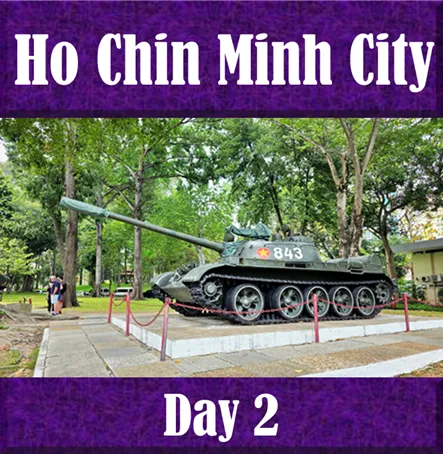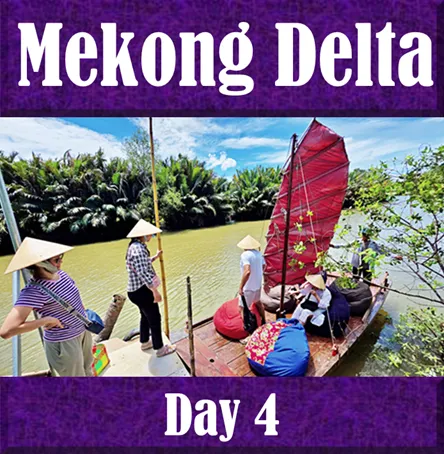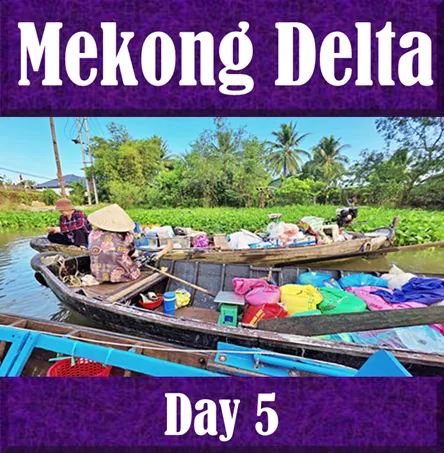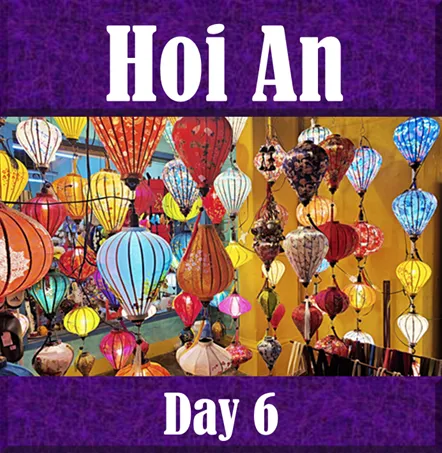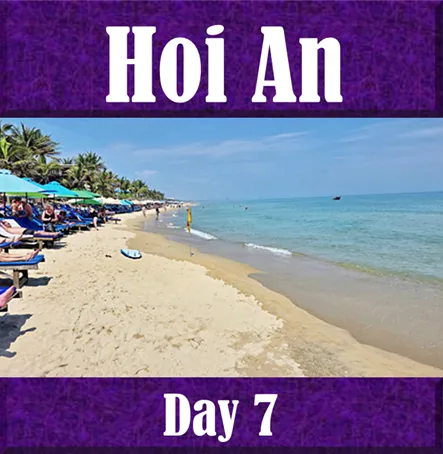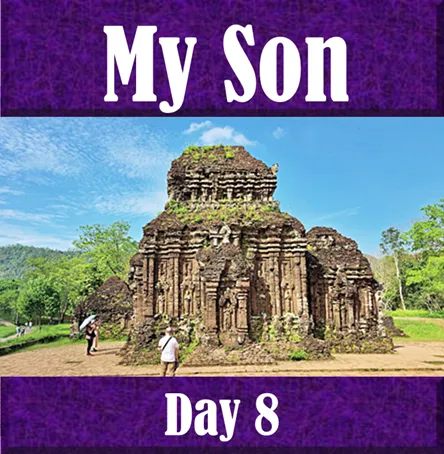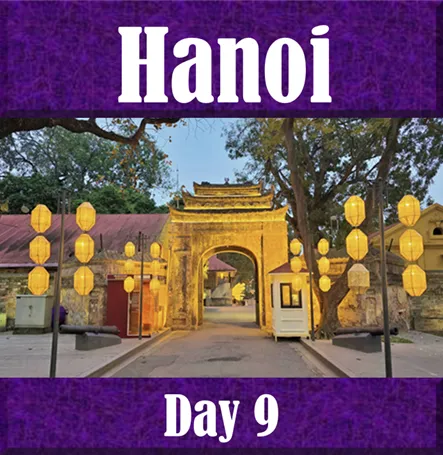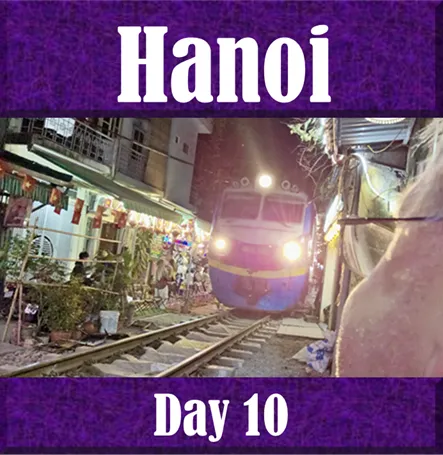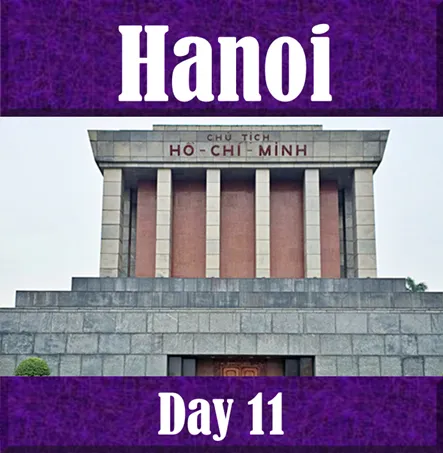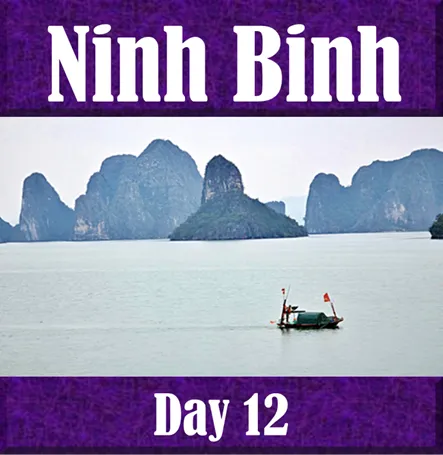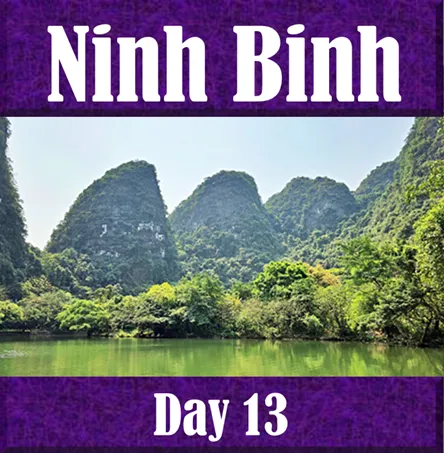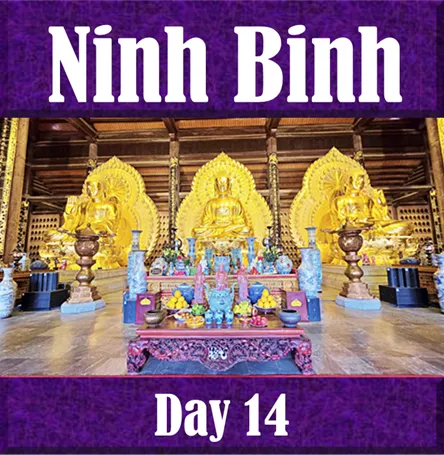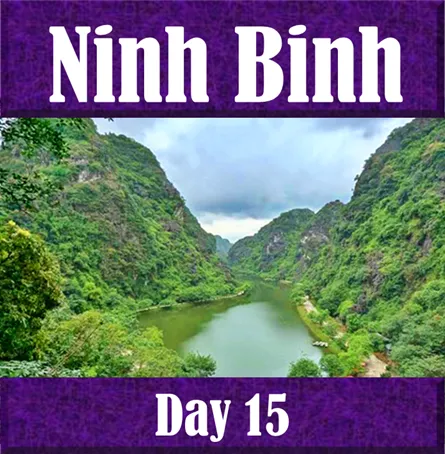Trấn Quốc Pagoda Hanoi: Guide for Oldest West Lake Temple | Vietnam Purple Travel Guide
(map, reviews)
This is Premium Content! To access it, please download our
Backpack and Snorkel Purple Travel GuideAdmission: 5,000 VND.
Opening Hours
Regular: 7:30am – 11:30am & 1:30pm – 5:30pm.
1st & 15th lunar days: extended 6am – 6pm.
Lunar New Year’s Eve: open all night for prayer.
Located on a small islet in West Lake, the Trấn Quốc Pagoda (Chùa Trấn Quốc) is Hanoi's oldest Buddhist temple, tracing back over 1,500 years.
History of Trấn Quốc Pagoda
Trấn Quốc Pagoda holds the distinction of being the oldest Buddhist temple in Hanoi, with origins tracing back over 1,500 years. It was originally constructed in the 6th century, during the reign of Emperor Lý Nam Đế (544–548 AD), and was then called Khai Quốc Pagoda, which means ‘National Founding’. At the time, Buddhism was beginning to flourish in Vietnam, and Khai Quốc was built not only as a place of worship but also as a symbol of the emerging Vietnamese cultural identity and spiritual sovereignty.
The original location of the pagoda was near the banks of the Red River, in what is now the Yên Phụ Ward. However, over the centuries, the river’s changing course and the risk of erosion prompted a significant relocation. In 1615, during the Lê Dynasty, the temple was carefully dismantled and reassembled on a small islet near the southeastern shore of West Lake (Hồ Tây). It was at this time that the pagoda was renamed Trấn Quốc, meaning ‘Stabilizing the Nation’, reflecting both its spiritual importance and its role in protecting the capital from negative energies, in accordance with feng shui principles.
Throughout the centuries, the pagoda has undergone multiple renovations and restorations under various Vietnamese dynasties, including the Trịnh Lords and the Nguyễn Dynasty, particularly during the reign of Emperor Gia Long in the early 19th century. These periods of repair often coincided with efforts to reinforce Hanoi’s status as a spiritual and political capital, and Trấn Quốc was always seen as a cornerstone of the city's religious architecture.
During the colonial period and the early 20th century, Trấn Quốc Pagoda remained an important site of cultural preservation and spiritual refuge, even as French influence spread across Vietnam. Unlike some religious sites that were damaged or repurposed during colonial rule, Trấn Quốc was respected for its antiquity and continued to function as an active Buddhist temple.
A key moment in its modern history came in 1959, when President Rajendra Prasad of India visited Vietnam and gifted the pagoda a cutting from the sacred Bodhi tree—the tree under which the Buddha attained enlightenment in Bodh Gaya. This living relic was planted in the courtyard and remains a revered symbol of the shared Buddhist heritage between India and Vietnam.
In 1998, the pagoda gained new prominence when a 49 ft (15 m) tall, 11-tier stupa was constructed on the grounds, enhancing its skyline and attracting a new generation of pilgrims and tourists.
Today, Trấn Quốc Pagoda stands not only as a beautiful religious monument but also as a living document of Vietnam’s spiritual, political, and cultural transformations over the past millennium and a half. It has witnessed the rise and fall of dynasties, colonial encounters, wars, and peace—and yet continues to serve as a tranquil place of worship and national pride.
What to See & Experience
Main Gate & Courtyard
Arrive via a charming causeway. The courtyard is lined with ancient Bodhi trees—one propagated from the original tree at Bodh Gaya (gifted by India's president in 1959).
Front (Tiền Đường) & Upper Halls (Thượng Điện)
Adorned with incense burners, lotus carvings, and golden statues, these halls feature standout pieces like a Reclining Buddha (rare in northern Vietnam), and altars to Buddhist Mẫu goddesses of sky, water, and mountains.
11 Story Stupa (Bảo Tháp)
Built in 1998, this iconic 49 ft (15 m) high lotus-shaped stupa features 11 tiers and 66 Amitabha Buddha statues, capped with a nine tier lotus symbolizing enlightenment.
Steles & Ancient Relics
The surrounding grounds include 14 stone steles dating from the 17th century, poetic engravings by emperors and mandarins, and artifacts displayed in a small on-site museum.
Active Worship Life
Observe monks in prayer, locals offering incense in odd-numbered bundles (an act believed to bring good fortune), and tradition-anchored practices.
Tips & Etiquette
Dress Modestly: Cover shoulders and (ideally) knees; remove shoes in prayer halls.
Cultural Respect: Keep quiet, follow locals’ cues, and treat shrines and statues with reverence.
Here at Backpack and Snorkel Travel Guides, we promote self-guided walking tours.
But we realize that not everybody likes to walk by themselves in a foreign city. So, just in case that you rather go with ab guide: NO PROBLEM! Please see the GuruWalk and Viator tours below.
free GuruWalk tours
paid Viator tours
Where do you want to go now?
Author: Rudy at Backpack and Snorkel
Bio: Owner of Backpack and Snorkel Travel Guides. We create in-depth guides to help you plan unforgettable vacations around the world.
Other popular Purple Travel Guides you may be interested in:
Like this Backpack and Snorkel Purple Travel Guide? Pin these for later:
